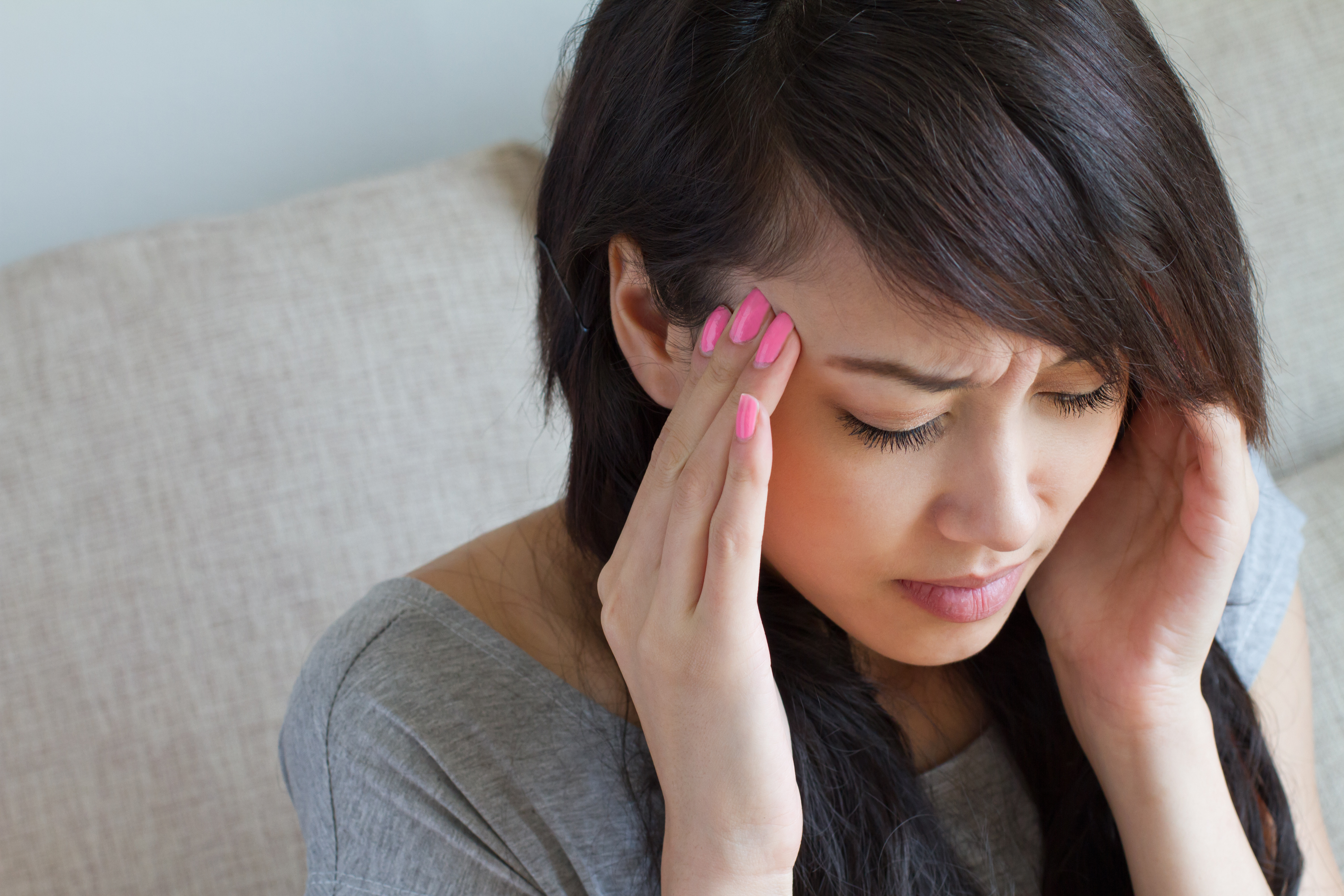DIAGNOSIS
An adequate history of your headache will be helpful in the diagnosis as to know what type of headache it is and to know how to manage it. Here are some pointers that the doctor may want to know in order to arrive into a diagnosis:
- How old you were when the headaches started
- How long you have been experiencing them
- If you experience a single type of headache or multiple types of headaches
- How often the headaches occur
- What causes the headaches, if known (for example, do certain situations, foods, or medications trigger the headaches?)
- Who else in your family has headaches
- What symptoms, if any, occur between headaches
- If your school or work performance has been affected by the headaches
- Where the pain is located
- What it feels like
- How severe the headache pain is, using a scale from one (mild) to 10 (severe)
- How long the headache lasts
- If the headaches appear suddenly without warning or with accompanying symptoms
- What time of day the headache usually occurs
- If there is an aura (changes in vision, blind spots, or bright lights) before the headache
- What other symptoms or warning signs occur with a headache (such as weakness, nausea, sensitivity to light or noise, appetite changes, changes in attitude or behavior)
- How frequently you get headaches
Past treatments or medication that you have taken or been taking for headaches should also be mentioned. Past imaging test results or examination regarding your headaches should also be given to your doctor in order to save time and repeat of tests.
Physical and Neurological Exams to Diagnose Headaches
The doctor will perform a complete physical and neurological exam by looking for signs and symptoms of an illness that may be causing the headaches, such as:
- Fever or abnormalities in breathing, pulse, or blood pressure
- Infection
- Nausea, vomiting
- Changes in personality, inappropriate behavior
- Mental confusion
- Seizures
- Loss of consciousness
- Excessive fatigue, wanting to sleep all of the time
- High blood pressure
- Muscle weakness, numbness, or tingling
- Speech difficulties
- Balance problems, falling
- Dizziness
- Vision changes (blurry vision, double vision, blind spots)
Neurological tests focus on ruling out diseases of the brain or nerves that may also cause headaches and migraines. The vast majority of headaches turn out to be benign in nature. Some of the tests look for a physical or structural abnormality in the brain that may cause your headache, such as:
- Tumor
- Brain abscess (an infection of the brain)
- Hemorrhage (bleeding within the brain)
- Bacterial or viral meningitis (an infection or inflammation of the membrane that covers the brain and spinal cord)
- Pseudotumor cerebri (increased intracranial pressure)
- Hydrocephalus (abnormal build-up of fluid in the brain)
- Infection of the brain such as meningitis or Lyme disease
- Encephalitis (inflammation and swelling of the brain)
- Blood clots
- Head trauma
- Sinus blockage or disease
- Blood vessel abnormalities
- Injuries
- Aneurysm (a “bubble” in the wall of a blood vessel that can leak or rupture)
Psychological Evaluation for Diagnosing Headaches
An interview with a psychologist is not a routine part of a headache evaluation, but it may be done to identify stress factors triggering your headaches. You may be asked to complete a computerized questionnaire to provide more in-depth information to the doctor.
Tests for Diagnosing Headaches
Additional tests may be needed to look for other medical conditions that may be causing your headaches or migraines.
- Blood Chemistry and Urinalysis.
- CT Scan.
- MRI
- Sinus X-Ray. Alt
- EEG
- Eye Exam.
- Spinal Tap.
RECOMMENDED MEDICATIONS
Most tension headaches can be helped by taking pain relievers such as:
- Aspirin
- Naproxen (Aleve)
- Acetaminophen (Tylenol)
- Ibuprofen (Advil, Motrin)
Do not use aspirin in anyone under age 19, because it may increase the risk for Reye’s syndrome.
The mainstay of migraine treatment is a class of drugs known as triptans. These drugs include:
- naratriptan (Amerge)
- sumatriptan (Imitrex, Zecuity)
- rizatriptan (Maxalt)
- zolmitriptan (Zomig)
- eletriptan (Relpax )
Ergotamine is also an effective drug for many headache sufferers.
Aspirin and other nonsteroidal anti-inflammatory drugs (NSAIDs), if taken at the first sign of a migraine attack, also can be effective.
If you have three or more severe, prolonged migraines per month, your health care provider may suggest using preventive treatments on a continual basis. These may include:
- Blood pressure drugs such as propranolol, verapamil, and others
- Antidepressants
- Antiseizure drugs
- Muscle relaxants
- Relaxation and biofeedback techniques
- Avoidance of certain foods
- Cefaly, a small headband device that gives electrical impulses on the skin at the forehead.
- Cerena, a small device for people who have an aura before their migraine.
Simple pain relievers do little for cluster headaches, but doctors have found that inhaling pure oxygen can be highly effective. An anethestic such as lidocaine placed inside the nose helps some people. Using triptans such as sumatriptan (Imitrex) or ergotamine preparations at the first sign of a cluster headache might also bring relief. Preventive medicines are often used at the first sign of a new cluster of headaches such as verapamil or prednisone.
Decongestants — and sometimes antibiotic treatment — can relieve sinus headaches.


